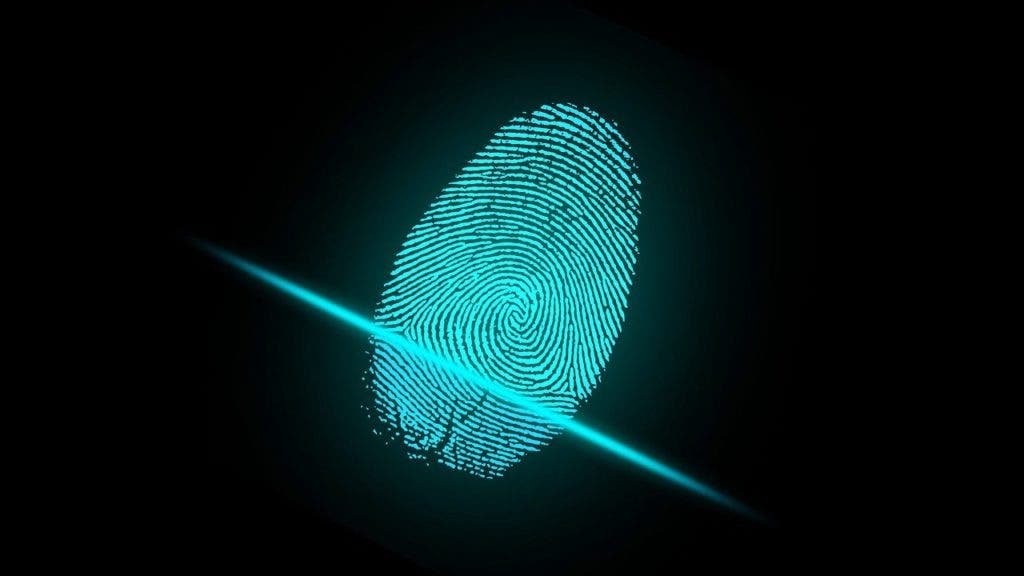
British researchers at the University of Surrey have developed a quick and painless drug diagnosis test that is capable of detecting cocaine from a single fingerprint sample. What’s more, the test is able to discern between those who actually used cocaine recently and those who just touched it without ingesting the class A narcotic.
“A fingerprint is a great way to test for drugs as it is so quick and efficient to collect. Using our methodology, it is possible to analyse a fingerprint sample for drugs in less than 2 minutes,” Dr. Min Jang of the University of Surrey said in a statement.
The team of researchers, which also included members from Forensic Science Ireland, the National Physical Laboratory in the UK and the private company Intelligent Fingerprinting, designed their new drug test by employing liquid chromatography mass spectrometry techniques.
For their study, the researchers first took fingerprint samples from 26 individuals who registered at drug rehabilitation clinics and confirmed having taken cocaine during the previous 24 hours. After their fingerprints were taken, the rehab patients were asked to wash their hands thoroughly before offering another set of fingerprints. The same procedure was repeated for another pool of participants, who this time had touched street cocaine without actually using it.
The drug screening system uses lateral flow assay technology and fluorescence-labeled antibodies, allowing the researchers to detect specific drugs based on telltale metabolites excreted in sweat at the fingertips.
Researchers found that cocaine users produce a biomolecule called benzoylecgonine (BZE), which is present in the sweat collected from their fingertips for up to 48 hours after contact. Non-users do not produce this molecule, even if they touched cocaine and then washed their hands.
Making the distinction between individuals who actually used cocaine can be important in some situations. For instance, law enforcement officers can use this portable and quick drug diagnosis device to determine if a driver used cocaine in the past 24 hours. The technique might also prove very useful as a forensic tool in order to determine if cocaine had been used at a crime scene.
“A test based on the detection of BZE in at least one of two donated fingerprint samples has accuracy 95%, sensitivity 90% and specificity of 100%,” the authors reported in their new paper.
The current gold standard for detecting cocaine is through a blood test. However, the fingerprint analysis can return a result in less than two minutes, which can make all the difference in certain situations.
Of course, this method is not limited to cocaine — it can be used to detect all sorts of pharmaceutical drugs, all simply by taking a quick and painless fingerprint sample.
The findings appeared in the journal Scientific Reports.









